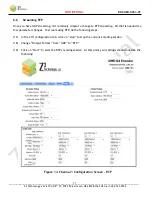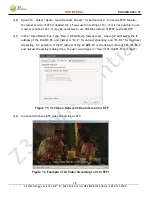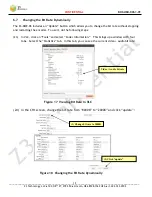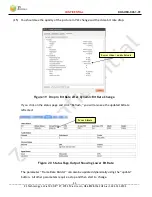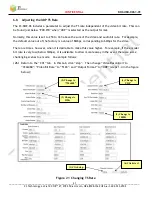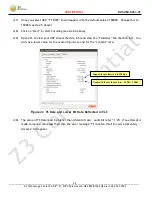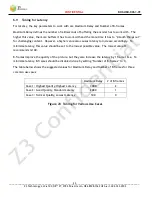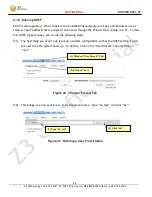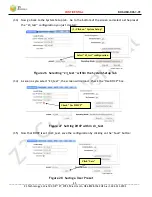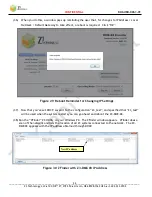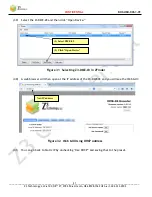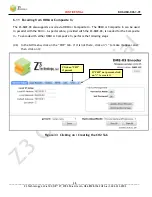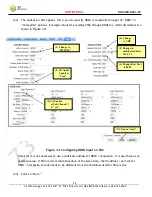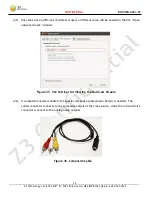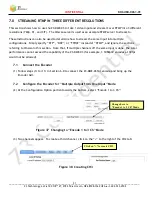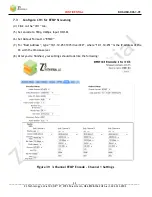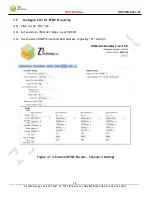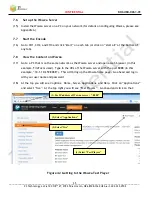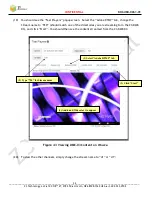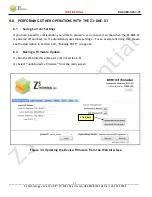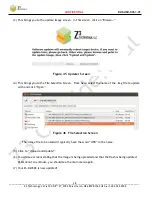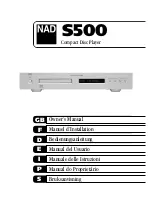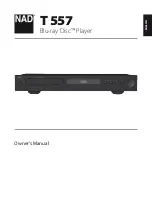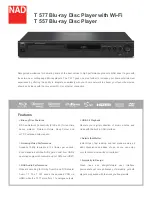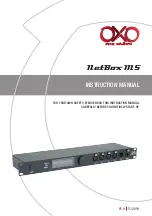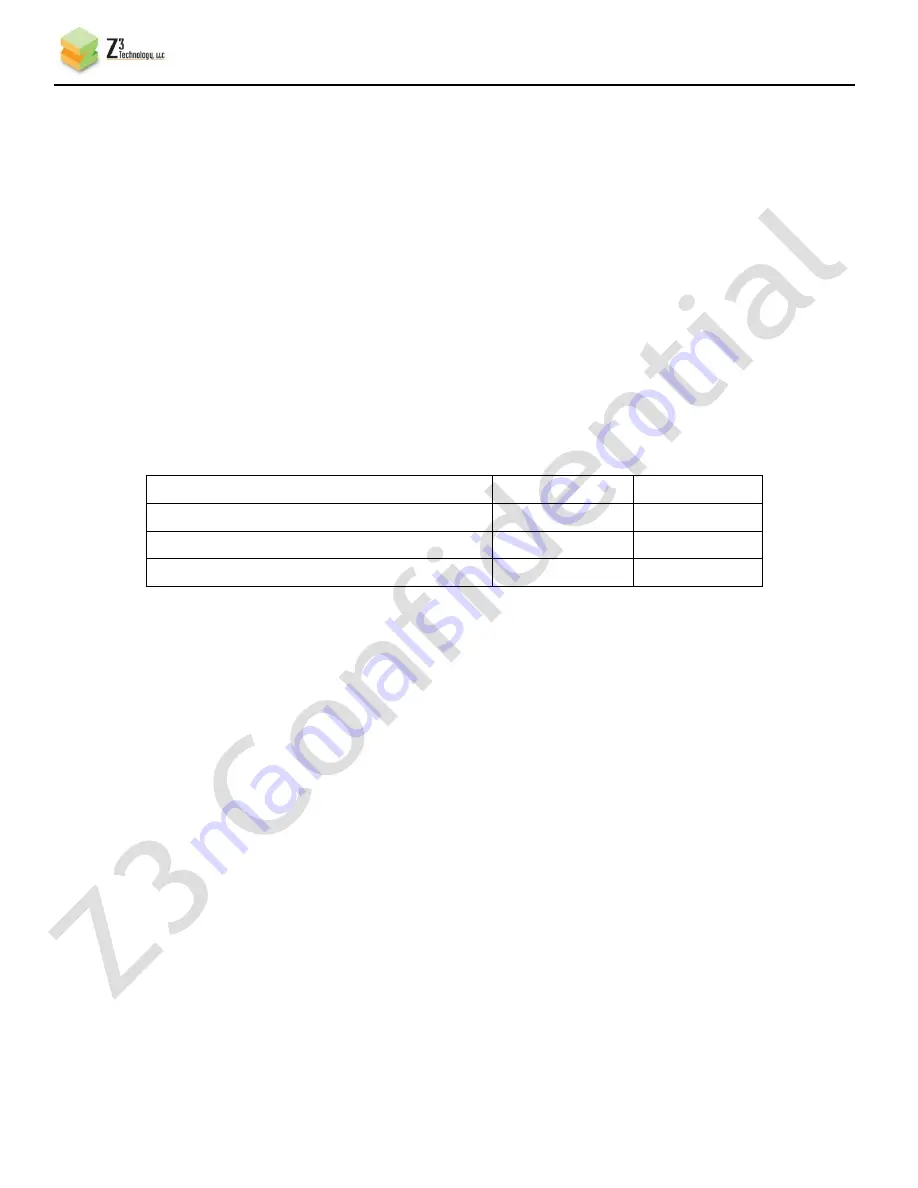
CONFIDENTIAL
DOC-USR-0061-01
___________________________________________________________________________________________
Z3 Technology, LLC
♦
100 N 8
th
ST, STE 250
♦
Lincoln, NE 68508-1369 USA
♦
+1.402.323.0702
23
6.9
Tuning for Latency
For latency, the key parameters to work with are Maximum Delay and Number of B-frames.
Maximum Delay defines the number of milliseconds of buffering the encoder has to work with. The
higher this value, the more buffers it has to work with and the more time it has to “smooth things out”
for challenging content. However, a higher value also causes latency to increase accordingly. To
minimize latency, this value should be set to the lowest possible value. The lowest value Z3
recommends is 100.
B-frames improve the quality of the picture, but they also increase the latency by 1 frame time. To
minimize latency, B-frames should be disabled (done by setting “Number of B-frames” to 1).
The table below shows the suggested values for Maximum Delay and Number of B-frames for three
common use cases:
Maximum Delay
# of B-frames
Case 1: Highest Quality, Highest Latency
3000
2
Case 2: Good Quality, Standard Latency
2000
1
Case 3: Normal Quality, Lowest Latency
100
0
Figure 23 Tuning for Various Use Cases









